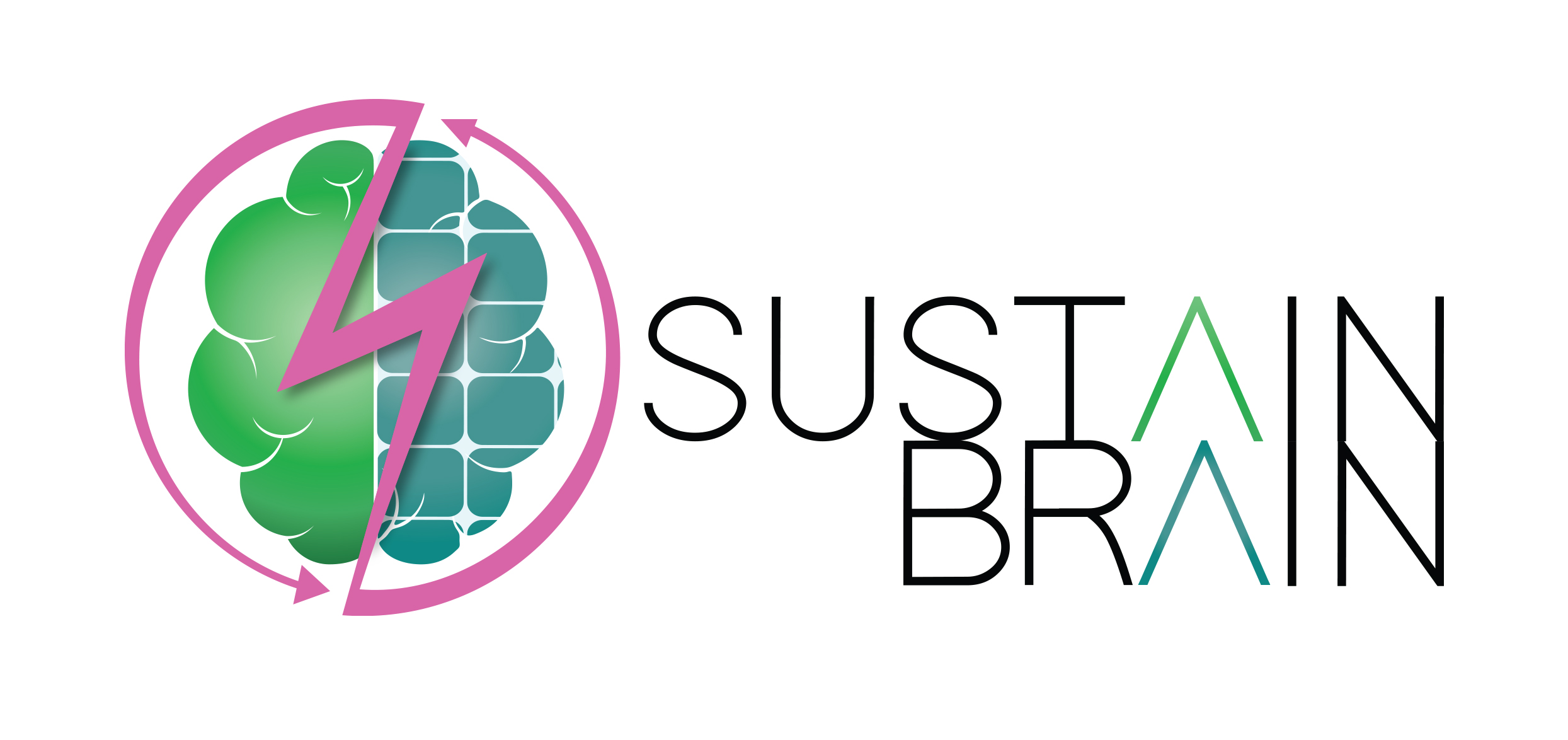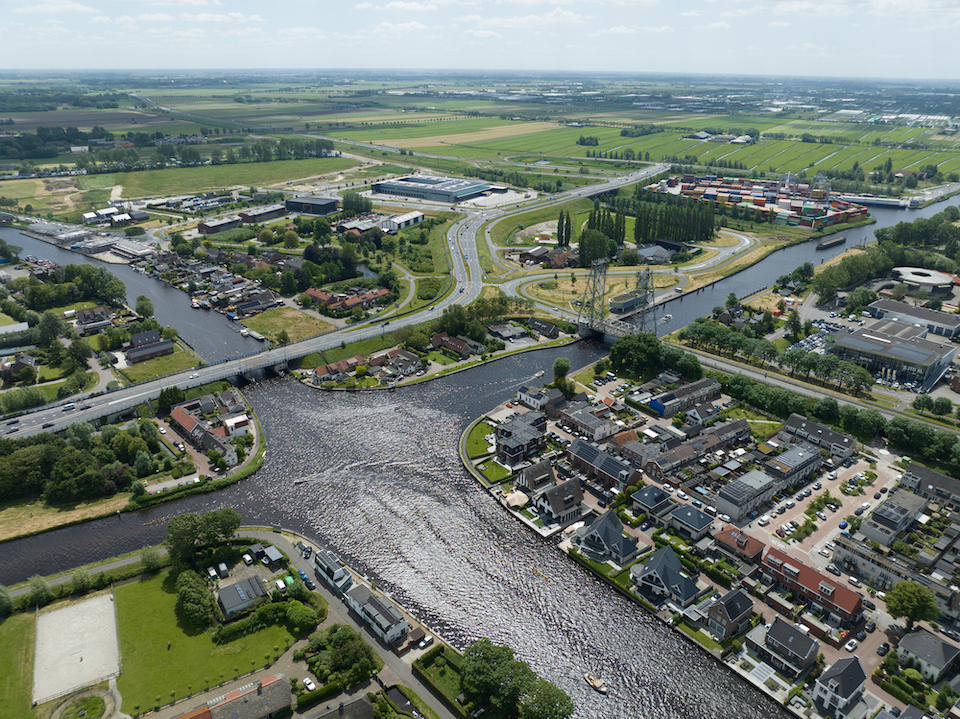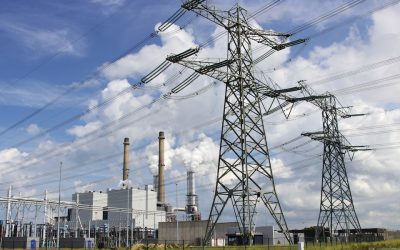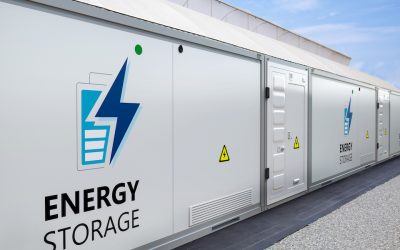What is an energy hub ?
An energy hub is a defined area, such as an industrial estate, where companies work together to optimize their energy consumption. This they do this by:
- Self-generation: Installing solar panels or wind turbines to generate your own energy.
- Increase consumption: Align energy-intensive processes with times of high sun or wind.
- Less return : Store excess energy in batteries or use it for other processes.
The challenges of energy hubs
Energy hubs can use scarce grid capacity more efficiently, but there are also challenges:
- Changing demand: Smart charging and energy storage shift peaks in power demand. This can lead to overload at times with little sun, especially on the high-voltage grid.
- Increasing grid load: Even without cooperation, grid load can increase due to the growth of renewable energy sources.
How do we make energy hubs successful?
To successfully integrate energy hubs into the electricity grid, we need to get a grip on the demand for electricity during the day. Grid operators are therefore working on conditions for the integration of energy hubs, such as:
- Flexibility: Companies must be prepared to adapt their energy consumption to the availability of sustainable energy.
- Smart technology: Use of smart meters and software to optimally match supply and demand.
- Collaboration: Good agreements between grid operators, energy suppliers and companies within the energy hub.
Energy hubs offer opportunities to accelerate the energy transition and reduce grid congestion. However, successful implementation requires careful planning and cooperation between all parties involved. Only then can we optimally leverage the benefits of energy hubs.





